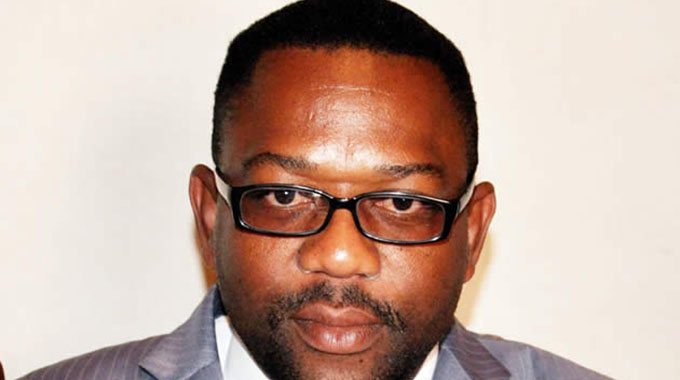
eBusiness Weekly

Golden Sibanda
Zesa Holdings will need to drastically reduce power output at anchor power station, Kariba South by 58,7 percent, after the Zambezi River Authority (ZRA) cut water allocation for electricity generation by 2 percent to 36 billion cubic metres.
ZRA warned that if water allocation at Kariba was not reduced and power generation continued at levels above 1 000 megawatts, all power generators at Kariba would be forced to shut down by November 2019.
Zesa and its fellow State-owned power utility, ZESCO, share the water in the Kariba Dam equally for the purposes of electricity generation on the northern and southern sides of Kariba Dam wall. As such, the directive also affects Zambia, which is also heavily dependent on Kariba for power.
ZRA said the downward adjustment in water allocation for power generation at Kariba means Zimbabwe and Zambia should produce power generation at Kariba at a maximum combined level of 890MW; or 445MW apiece. This state of affairs will subsist until, at the earliest, the end of this year. Kariba is currently Zimbabwe’s most reliable power station at a time Hwange Thermal Power Station, which has rated capacity of 920MW (but producing to a maximum possible level of 700MW due to old age), can only manage 450MW at most.
Effect of water cut
Zesa said yesterday it will abide by the ZRA directive, but warned that the development would inevitably force it to reduce power generation at Kariba, from rated capacity of 1 080MW to 445MW, representing a 58 percent fall.
ZRA said it had reduced water allocation from 38 billion to 36 billion cubic metres to ensure continued availability of water for power generation at Kariba following adverse hydrological situation in Kariba Dam’s catchment area.
Kariba Dam has a certain prescribed water level called “live water”, which ZRA maintains, below which its water must not fall lest the dam becomes depleted.
ZRA administers all affairs relating to the Zambezi River, which feeds Kariba Dam, on behalf of riparian States, Zimbabwe and Zambia hence the latest directive.
“Please note that the hydrological simulations carried out by the authority in February 2019 have indicated that if the water allocation is not adjusted downwards by 2 BCM (billion cubic meters) by March 1, 2019, the continued below normal rainfall coupled with a continuation of generation levels at Kariba above 1 000MW will result in a shutdown of power plants at Kariba by November 2019,” ZRA.
Zesa responds
Zesa spokesperson Fullard Gwasira yesterday said the power utility will comply with the directive by ZRA, which it consented to, was necessitated by poor rains experienced last season in the catchment area.

Fullard Gwasira
“The reduction has an impact on national local generation as Kariba South is the anchor station in the country and the reduction will therefore mean that there is a demand and supply mismatch, which we have to manage through load shifting or curtailment to ensure stability of the greed,” he said.
“This is particularly so given the fact that we are getting into winter, which is characterised by having a higher demand for power. In mitigation, the power utility will endeavour to pay our traditional suppliers so as to enable power imports where possible, depending on availability,” Gwasira said.
Gwasira also said plans were underway to improve efficiency and reliability of Hwange Power Station, which should ordinarily be the anchor power station, but is being bogged down by old age and foreign currency shortage needed to procure spares, Munyati and Bulawayo power stations. He said consumers should play their part and conserve energy, by switching off all unnecessary lights and electronic gadgets and take advantage of off peak periods, to minimise the extent and duration of load shedding.
Power situation
Zimbabwe-which requires about 1 600MW at peak periods of demand, against local generation potential of only 1 400MW (with Kariba at full throttle), last experienced load shedding more than four years ago.
The southern African country has been importing from Mozambique and South Africa to bridge the gap between demand and supply.
However, power imports from South Africa’s Eskom cannot be guaranteed, as the utility is also facing a fair share of own challenges.
Technical issues at Eskom have in recent months affected generation, resulting in demand-supply mismatches in Africa’s biggest economy. The Zimbabwe state power utility also has outstanding dues to Eskom for supplies in the past, making imports from that country hard to depend on.
Regardless, Zimbabwe’s foreign currency situation has deteriorated; making sustaining imports even more difficult at a time the country’s is also battling to mobilise adequate forex for importation of fuel.



